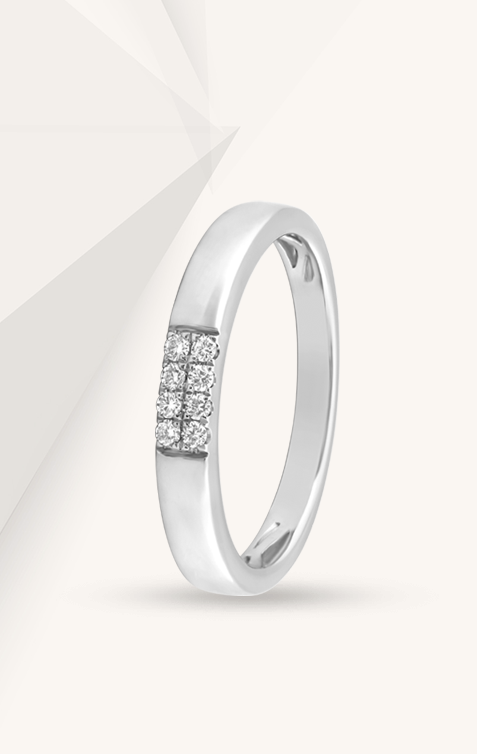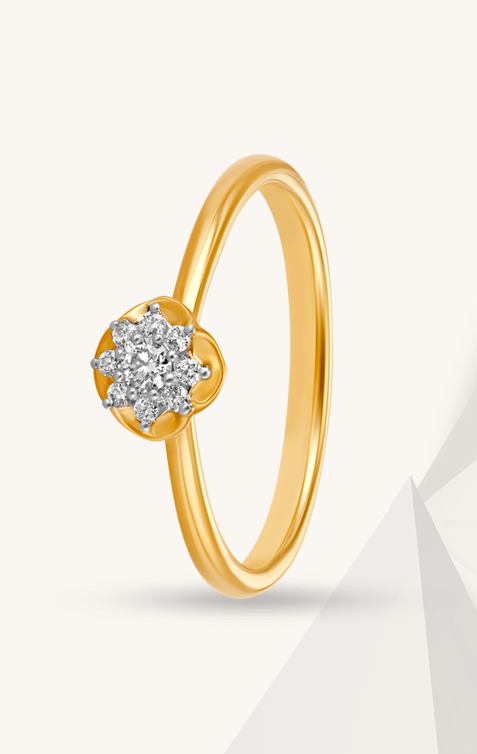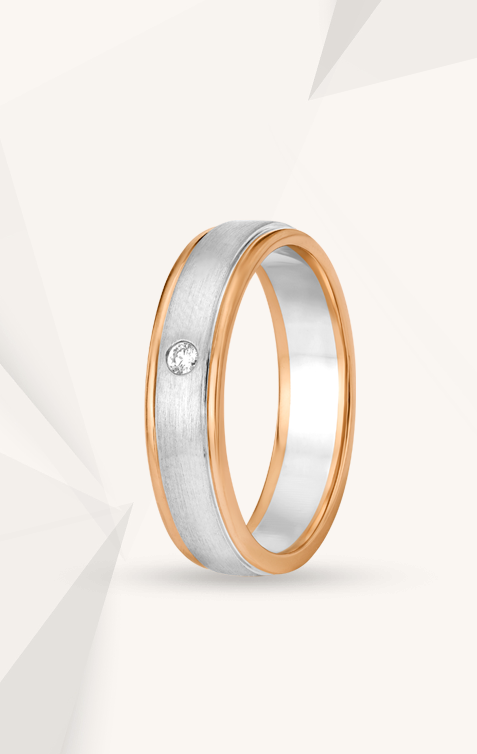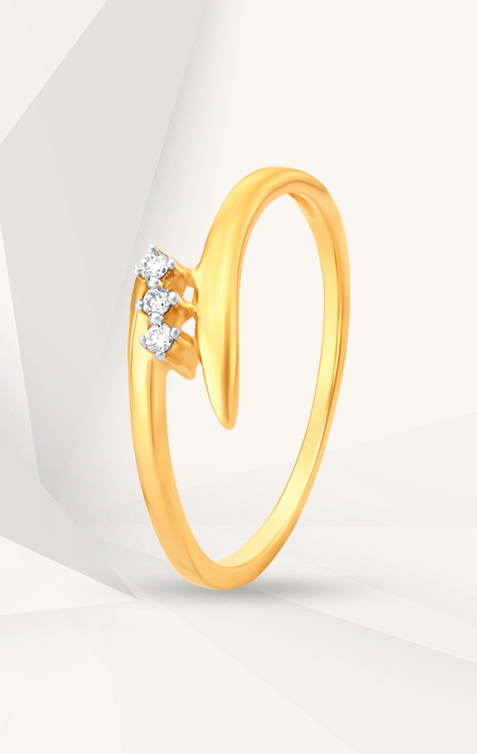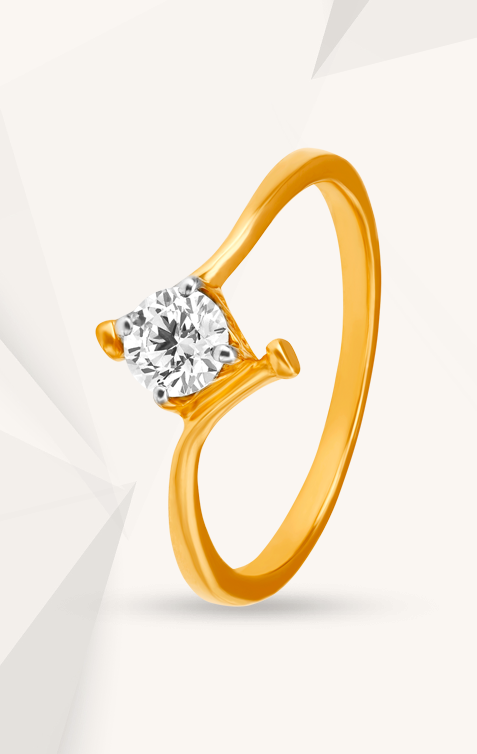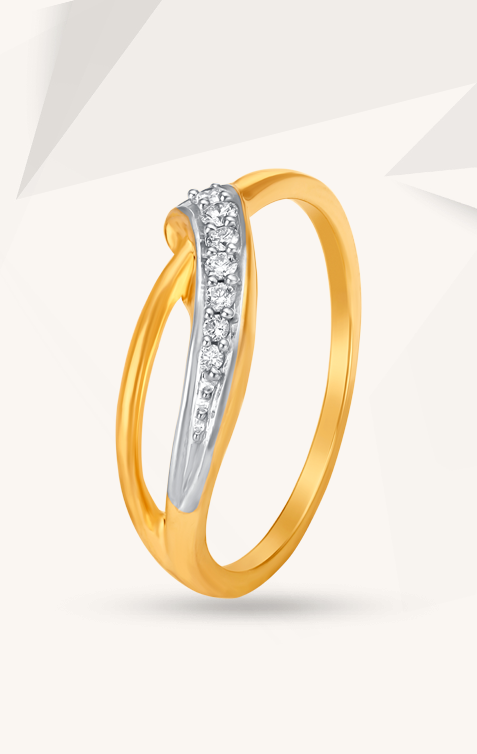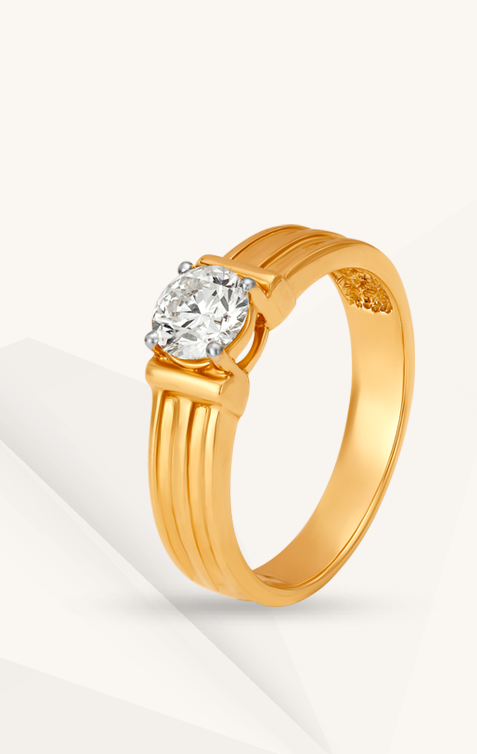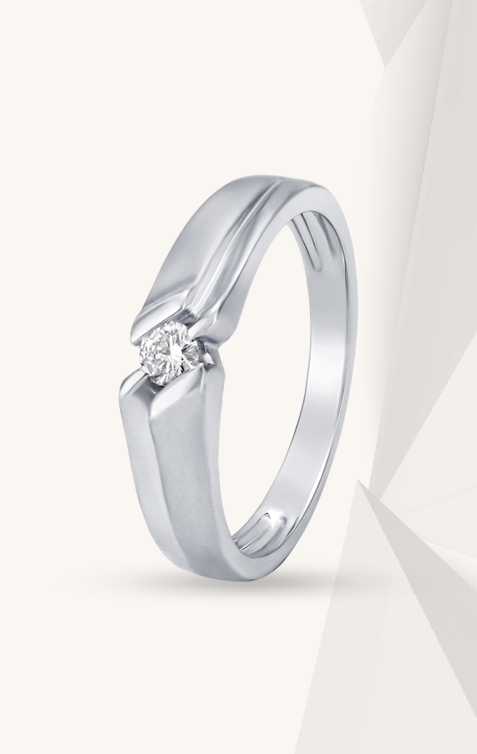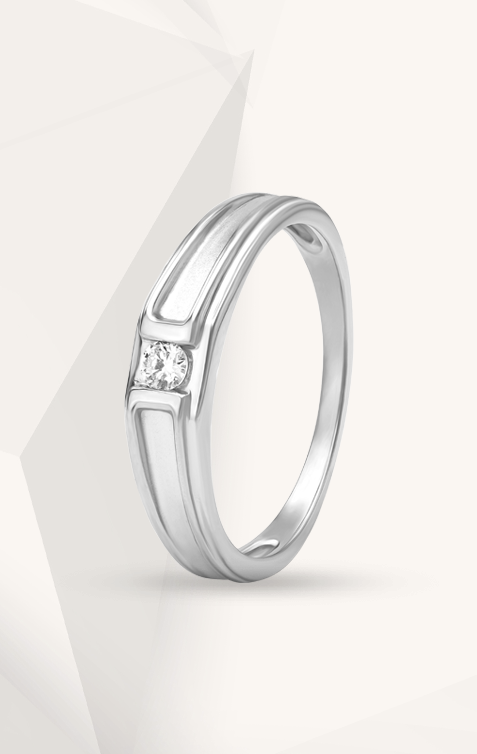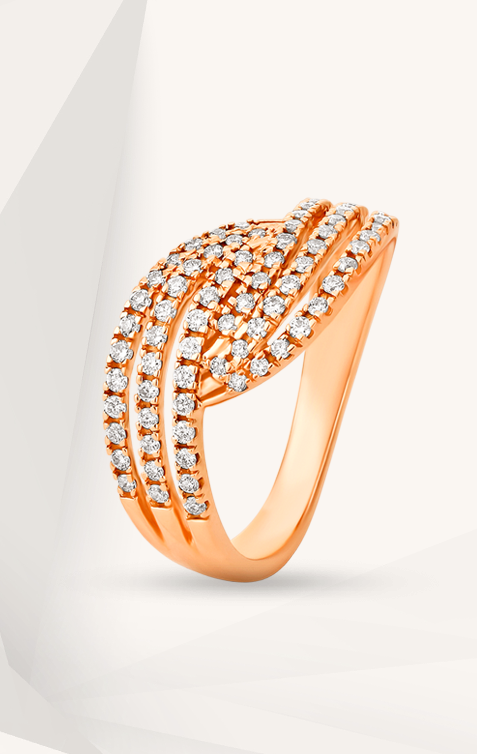The 5 C’s of Diamonds (Yes, 5): How to Select the Perfect Engagement Ring
Educated shoppers get the best engagement rings. Learn all about the 5 (yes, 5) Cs, and check out the most popular types of engagement ring settings.
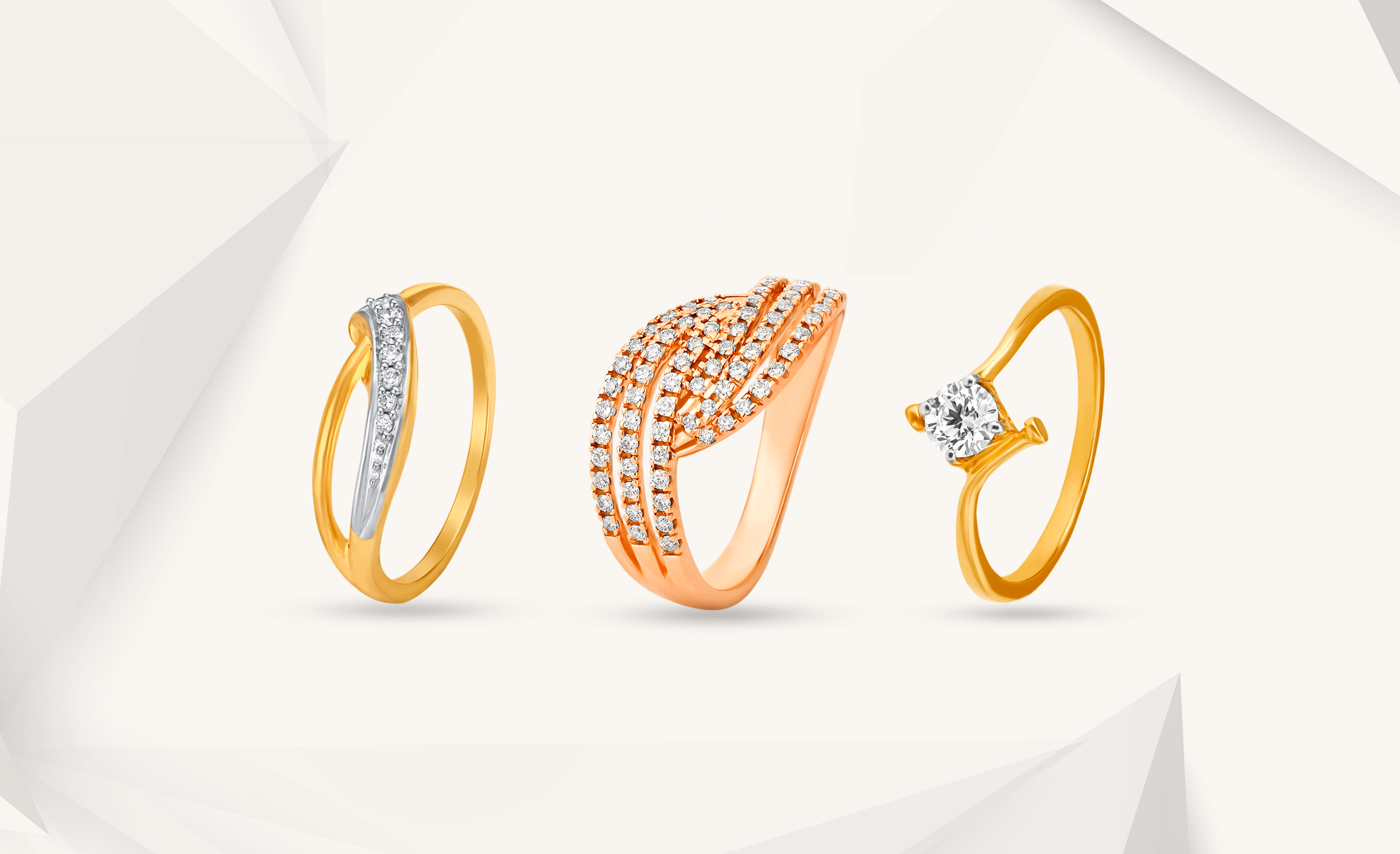
It goes without saying that the engagement ring is the most special, emotional, celebratory piece of jewellery that one might ever possess. A symbol of purity and everlasting love, an engagement ring crafted with a rare and natural diamond can easily become an heirloom that delivers joy to generation after generation.
An engagement ring may be the most expensive gift that someone’s significant other ever purchases for their loved one. It’s also bound to be worn by its recipient nearly every day and serves as a stylistic focal point for all other jewelry.
When it comes to engagement ring shopping, the importance of being educated about the types of engagement rings, types of engagement ring cuts, diamond colour, and beyond can’t be stressed enough. After all, if you’re spending a lot on a present that means even more, you’ve really got to know what you’re doing.
Chances are, you’ve heard the 4 C’s of diamonds thrown around. This stands for cut, colour, clarity, and carat—four features that are always examined when distinguishing the quality of one engagement ring diamond from the next. However, the modern buyer knows better: There are really 5 C’s of diamonds (yes, 5) that must be analysed to truly assess a diamond’s greatness.
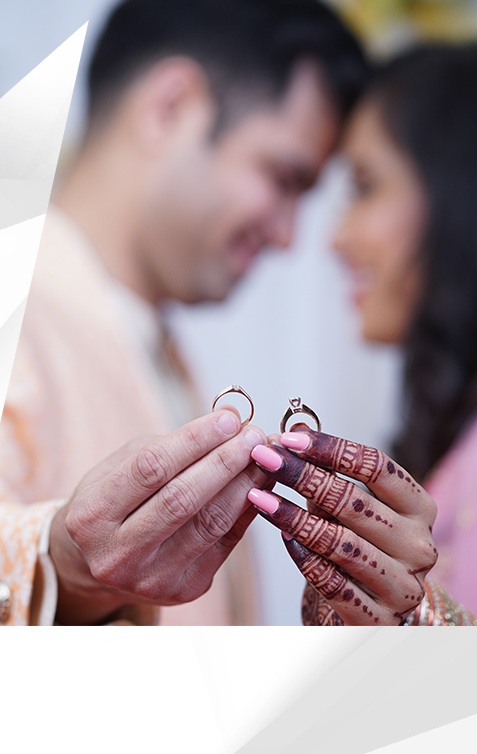
The First C: Cut of a Diamond
The cut of a diamond can predict its shimmer factor. That’s because the better the cut of a diamond, the more light is reflected, and the more brilliant it will ultimately appear. Because cutting a diamond is a mix of art and science and is still mostly done by hand, the range of cuts is unlimited. Most often, a diamond’s cut is graded as excellent, very good, good, fair or poor.
The Second C: Colour of a Diamond
While diamonds naturally occur in many colors of the rainbow, they are most commonly found as “white” or “colourless”. Despite this name, colourless diamonds still often exude slight hints of yellow or brown. The most standard grading system for colorless diamonds ranges from D to Z, in which D is completely colourless and Z has a yellow/brown hue. Generally, the closer the diamond is to a “D” grade, the rarer and more valuable it is.
The Third C: Clarity of a Diamond
The diamond clarity grade measures the presence of inclusions or blemishes within the diamond that may affect its appearance. Like a beauty mark, inclusions in diamonds are common and can give a diamond personality. However fewer visible inclusions in a diamond are typically more desirable. The greater the diamond clarity, the more rare and valuable the stone is considered.
Clarity of diamonds are usually graded on a chart starting with FL and IF. The FL and IF grade means the diamond is flawless and has no visible inclusions. If you’re not seeing a ton of these on your engagement ring shopping trip, don’t fret; Less than 1% of diamonds are classified as FL and IF.
Next up are the VVS1 and VVS2 grades, which translate into Very Very Slightly Included. Then there are VS1 and VS2, which mean Very Slightly included; followed by SI1 and SI2, which are Slightly Included. The final grade category which encompass I1, I2 and I3 are Included in ways that are usually visible to the naked eye.
The Fourth C: Carat Size of a Diamond
Often confused to be a measure of a gem’s size, carats are actually the measurement for a diamond’s weight. For this reason, two one carat diamonds can appear to be very different sizes because of their cut. Since heavier diamonds are rarer, the carat weight of the diamond will greatly affect its value.
The Fifth C: Certification of a Diamond
A diamond’s certification is essentially its total grading report. A grading report from an independent laboratory can help confirm all of the characteristics of the diamond (better known as the “4 Cs”), and help verify that you are buying a natural diamond with authentic intrinsic value.
Once you understand the basics on how diamonds are evaluated, it’s time to have some fun and explore your personal style through the various types of engagement ring settings. While the options are endless, there are certain types of engagement ring settings that continue to endure the test of time above all the rest.
The Bottom line
Diamond engagement ring shopping is an incredibly personal experience. No matter which jeweller or boutique you go to in your search for the perfect engagement ring, just remember that you will definitely find it when you understand what you are looking at.
Engagement ring shopping can be very romantic and dreamy—but also overwhelming. Coming into the situation with the proper education will help ensure that the process is primarily the former. Happy (almost) engagement to you!
All Image Credits: Tanishq
